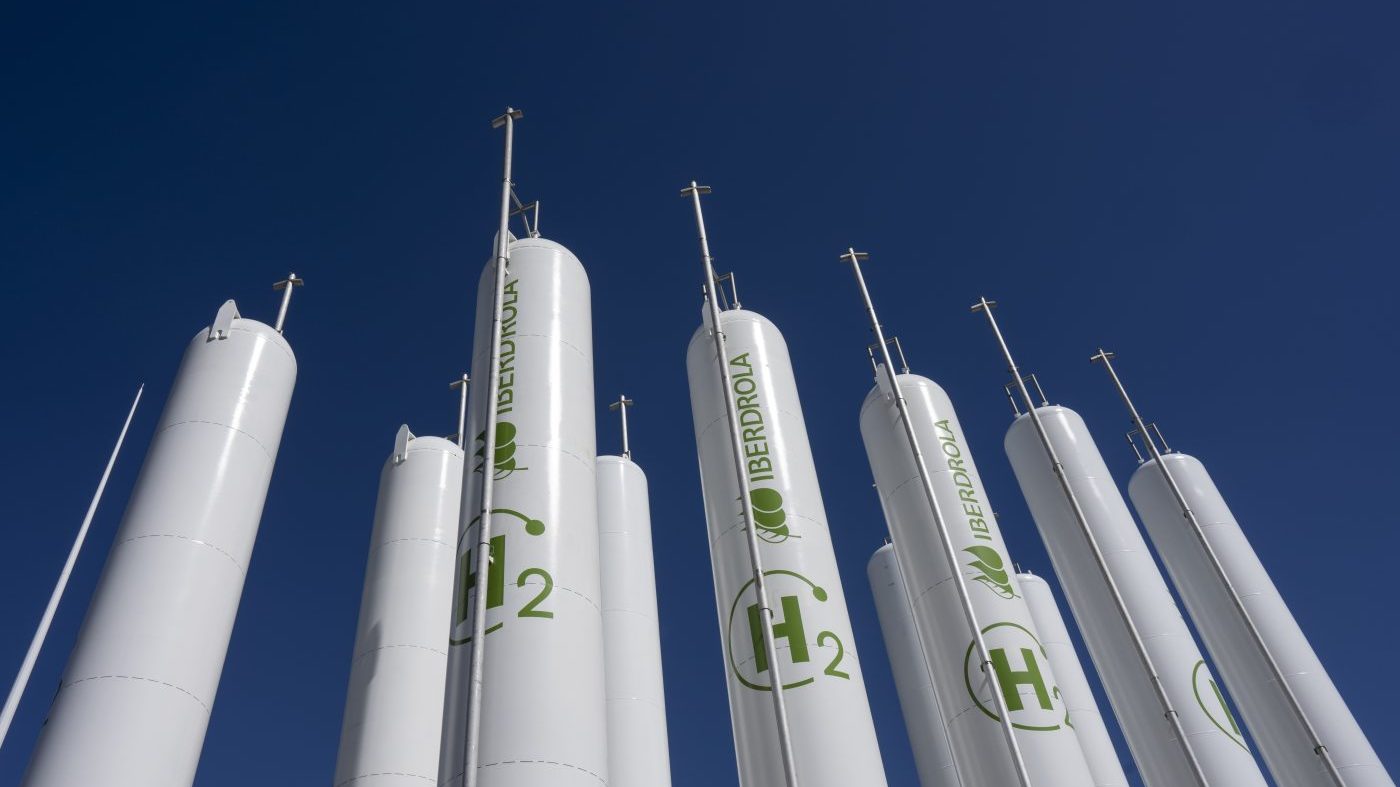The transition period between these two climate phases grew increasingly sluggish over the course of the industrial era, extending both their durations and accompanying weather impacts, according to the study, published on Wednesday in Nature.
The study was released just days after Southern Californians endured the consequences of El Niño’s wrath when this natural weather pattern combined with human-induced warming this past weekend to unleash the state’s first tropical storm in 84 years.
These events followed an extended stay of El Niño’s opposite, La Niña, which stuck around for three consecutive seasons before ultimately dissipating this past winter.
“In the future we could see more of these multi-year La Niña or El Niño events as the atmospheric flow above the Pacific Ocean switches more slowly between the two phases,” lead author Georgy Falster, a research fellow at the Australian National University, said in a statement.
Scientists are already aware that the impacts of the El Niño–Southern Oscillation — a periodic fluctuation in sea surface temperature and overlying air pressure — extend far beyond the equatorial Pacific area from which the phenomenon originates.
The El Niño–Southern Oscillation is made of two phases: one being El Niño, when trade winds weaken and warm water moves toward the Americas, according to the National Oceanic and Atmospheric Administration (NOAA). During this phase, the northern U.S. and Canada become dryer and warmer, while the south endures increased flooding.
But in the La Niña phase, trade winds are stronger than usual, pushing more warm water toward Asia and pushing the jet stream northward — leading to heavy rains in the Pacific Northwest and drought in the southern U.S.
The scientists behind the Nature study determined that during the industrial era, the transition between El Niño-like and La Niña-like phases began to slow.
They attributed this change to the atmospheric component of the El Niño–Southern Oscillation — called the “Pacific Walker Circulation” — which they found has changed behavior and likely “has an outsized influence on weather and climate worldwide.”
“We care about the Walker Circulation because it affects weather around the world,” co-author Samantha Stevenson, an associate professor at University of California Santa Barbara, said in a statement.
Using data from ice cores, trees, lakes and caves, the authors were able to reconstruct Pacific Walker Circulation behavior and assess long-term weather patterns from the past 800 years.
What they found contradicts a conventional understanding among climate scientists. While most models predict that the Pacific Walker Circulation will weaken in response to global warming, the scientists identified a strengthening of the system from 1992 to 2011.
Although the authors confirmed that the system’s “year-to-year behavior is different,” Falster stressed that its overall strength hasn’t changed.
The 1992-2011 strengthening, the scientists suggested, could have been the result of human-sourced aerosol emissions.
Meanwhile, they found that volcanic eruptions may trigger a Pacific Walker Circulation weakening — and possibly induce El Niño conditions.
“The tropical Pacific has an outsized influence on global climate,” said co-author Sloan Coats, an assistant professor of earth sciences at the University of Hawai‘i at Mānoa.
“Understanding how it responds to volcanic eruptions, anthropogenic aerosols and greenhouse gas emissions is fundamental to confidently predicting climate variability,” he continued.
With such knowledge, Coats added, communities across the Pacific and beyond will be able “to better prepare for the challenges they may face in the coming decades.”













